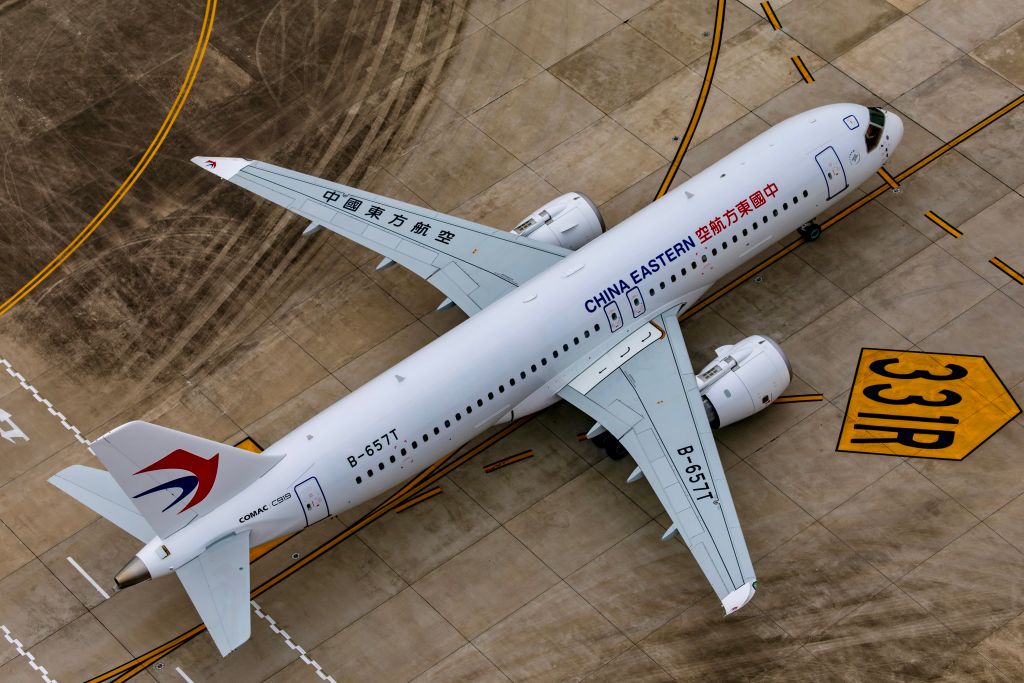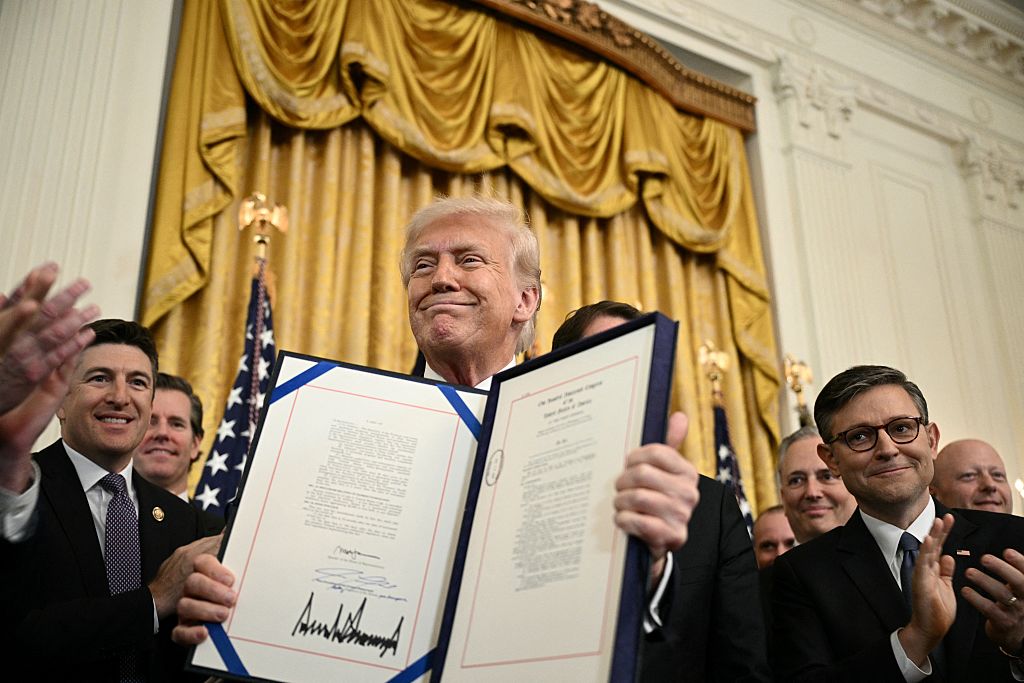Supersonic travel: How China could 'leapfrog' US and Europe's commercial aviation industry
Innovation in commercial aviation has been stuck for 60 years. A commercial supersonic jet might be back on the market soon, but will China get there first?


There is one very odd fact about commercial aviation. Although it has grown hugely, and we all fly far more frequently than ever before, it has hardly advanced technologically for 60 years. Sure, the aeroplanes are a little safer, slightly quieter, and they use less fuel, but those are all minor modifications. In the one respect that matters to passengers – how quickly you can get to your destination – it has gone backwards. You can no longer fly faster than the speed of sound, as you could when Concorde was still operational.
That might be about to change. We are on the cusp of a new era of aeroplane travel, with a whole series of technological advances making it possible that a commercial supersonic jet might be back on the market soon.
The trouble is, China may get there first. Its hyper-aggressive aeroplane maker Comac has unveiled plans for a supersonic passenger jet, the C949. It has already launched the C919, a competitor to the Boeing 737 and the Airbus A320 family, and it has plans for a C929 competing with the Boeing 787 and the A330. It’s now started work on the C949, a supersonic aircraft that it claims will be able to travel at 1.6 Mach.
MoneyWeek
Subscribe to MoneyWeek today and get your first six magazine issues absolutely FREE

Sign up to Money Morning
Don't miss the latest investment and personal finances news, market analysis, plus money-saving tips with our free twice-daily newsletter
Don't miss the latest investment and personal finances news, market analysis, plus money-saving tips with our free twice-daily newsletter
It would be easy to dismiss that as marketing hype. But consider China’s advance in EVs, smartphones and AI. Its commercial science and engineering is far more advanced than most people have yet realised. It’s perfectly capable of making a quality jet that can travel that fast, and do so safely. It may well do so before any of the major Western aerospace firms.
Yet the West can’t afford to lose this race. A cheap, reliable and quiet supersonic aeroplane could easily turn into a “killer app” to knock out Boeing and Airbus. After all, if they were offered the choice, and so long as there was not much difference in price, who wouldn’t want to get from London to New York in three hours instead of six, or from Paris to Shanghai in six hours instead of 12? Travel within most of the US, Europe and Asia would involve a connection of an hour or less; even Australia would be no more than a 12-hour, non-stop flight from anywhere. It would transform the industry.
The West must accelerate innovation in commercial aviation
If China gets there first, it will create a huge new hi-tech manufacturing industry. It will generate lots of jobs, just as it does in North America and Europe, a network of well-paid suppliers, and plenty of spinoff start-ups. With a jet that’s faster than sound, China could leapfrog both its main rivals in a little more than a few years. Just as significantly, it could lock the world into a critical infrastructure controlled by Beijing.
Both the US and Europe should be spending a lot less time bashing China with tariffs and more time working out how to maintain European and US leadership in core industries. If China is close to developing a commercially viable supersonic passenger jet, then perhaps there should be a Boeing-Airbus joint venture to get their own aeroplane onto the market at the same time, or preferably before the Comac version takes to the skies; or a government-funded collaboration on the core technology, which could then be licensed to both companies to build their own jets; or an entirely new firm to build a new generation of aeroplanes.
There are a range of approaches that could work. But the West can’t afford to lose this race. Commercial aviation is one of the few industries left where the US and Europe are clearly dominant. Travel that’s faster than speed could easily turn the entire industry upside down. Right now, the West is doing nothing to stop that from happening.
This article was first published in MoneyWeek's magazine. Enjoy exclusive early access to news, opinion and analysis from our team of financial experts with a MoneyWeek subscription.
Get the latest financial news, insights and expert analysis from our award-winning MoneyWeek team, to help you understand what really matters when it comes to your finances.
Matthew Lynn is a columnist for Bloomberg, and writes weekly commentary syndicated in papers such as the Daily Telegraph, Die Welt, the Sydney Morning Herald, the South China Morning Post and the Miami Herald. He is also an associate editor of Spectator Business, and a regular contributor to The Spectator. Before that, he worked for the business section of the Sunday Times for ten years.
He has written books on finance and financial topics, including Bust: Greece, The Euro and The Sovereign Debt Crisis and The Long Depression: The Slump of 2008 to 2031. Matthew is also the author of the Death Force series of military thrillers and the founder of Lume Books, an independent publisher.
-
 Profit from leisure sector as consumers go on spending spree
Profit from leisure sector as consumers go on spending spreeThe UK leisure sector had a straitened few years but now have cash in the bank and are ready to splurge. The sector is best placed to profit
-
 Nationwide: Annual house price growth slows to lowest level in almost two years
Nationwide: Annual house price growth slows to lowest level in almost two yearsThe average house price went up by just 0.6% between December 2024 and December 2025, Nationwide Building Society said
-
 Market predictions for 2026: Will Dubai introduce an income tax?
Market predictions for 2026: Will Dubai introduce an income tax?Opinion My 2026 predictions, from a supermarket merger to Dubai introducing an income tax and Britain’s journey back to the 1970s
-
 The steady rise of stablecoins
The steady rise of stablecoinsInnovations in cryptocurrency have created stablecoins, a new form of money. Trump is an enthusiastic supporter, but its benefits are not yet clear
-
 Goodwin: A superlative British manufacturer to buy now
Goodwin: A superlative British manufacturer to buy nowVeteran engineering group Goodwin has created a new profit engine. But following its tremendous run, can investors still afford the shares?
-
 A change in leadership: Is US stock market exceptionalism over?
A change in leadership: Is US stock market exceptionalism over?US stocks trailed the rest of the world in 2025. Is this a sign that a long-overdue shift is underway?
-
 Modern Monetary Theory and the return of magical thinking
Modern Monetary Theory and the return of magical thinkingThe Modern Monetary Theory is back in fashion again. How worried should we be?
-
 Metals and AI power emerging markets
Metals and AI power emerging marketsThis year’s big emerging market winners have tended to offer exposure to one of 2025’s two winning trends – AI-focused tech and the global metals rally
-
 King Copper’s reign will continue – here's why
King Copper’s reign will continue – here's whyFor all the talk of copper shortage, the metal is actually in surplus globally this year and should be next year, too
-
 The coming collapse in the jobs market
The coming collapse in the jobs marketOpinion Once the Employment Bill becomes law, expect a full-scale collapse in hiring, says Matthew Lynn
